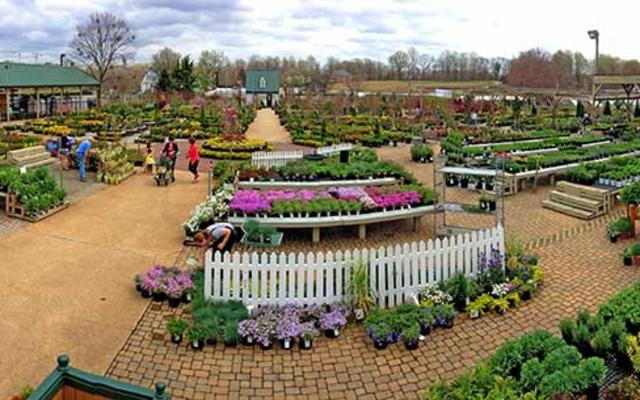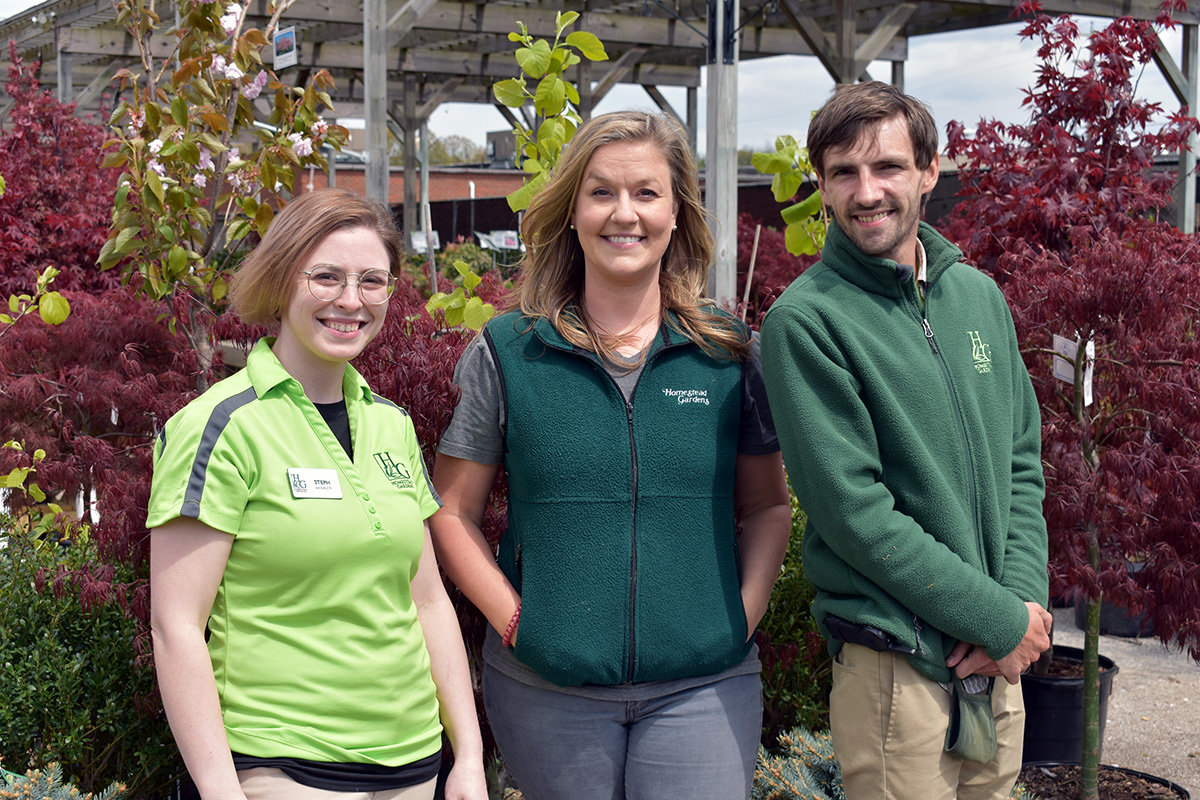How to Optimize Growth with Homestead Gardening
How to Optimize Growth with Homestead Gardening
Blog Article
Discover the Secrets to Creating a Lovely and Effective Gardening Space
Developing a attractive and effective gardening room is not simply an issue of growing blossoms and veggies; it needs a calculated technique that encompasses various important components. From picking the right area based on sunshine and soil type to attentively developing your design and choosing ideal plants, each decision plays a critical function in the success of your yard.
Picking the Right Place
Selecting the optimal location for your garden is vital to its success and overall aesthetic charm. The very first action in this procedure involves evaluating sunshine exposure, as a lot of plants call for at least 6 hours of straight sunshine daily (Homestead Gardening). A south-facing yard typically gets the most light, while shaded locations can hinder growth and blooming
Additionally, consider soil high quality and water drainage. Well-draining soil is vital to avoid water logged origins, which can lead to plant conditions. Conducting a soil examination can supply beneficial details relating to pH degrees and vitamins and mineral content, enabling you to amend the dirt appropriately.
Additionally, distance to water resources is one more element to consider - Homestead Gardening. Having simple accessibility to a hose pipe or watering system can simplify the watering procedure and urge constant plant care. Wind protection is likewise vital; placing your garden near structures, such as wall surfaces or fencings, can shield it from rough winds that might harm fragile plants
Finally, take into consideration access for upkeep and harvesting. A well-placed garden enables hassle-free accessibility, making sure that you can easily tend to your plants without creating undue stress or disturbance. Thoughtful location choice lays the structure for a growing garden.
Selecting Plants Intelligently
When picking plants for your garden, it's necessary to think about elements such as climate, dirt problems, and individual choices to make certain a harmonious and effective area. A complete understanding of your regional climate will direct you in picking plants that grow in your details setting. As an example, selecting drought-resistant varieties is useful in arid areas, while moisture-loving varieties may be extra ideal for areas with high rains.
Dirt problems are similarly crucial; conducting a dirt test can disclose pH levels and vitamins and mineral material, enabling you to pick plants that will certainly flourish. Indigenous plants are often an exceptional option, as they are normally well-adapted to regional soil kinds and call for less upkeep.
In addition, consider your gardening goals. Are you aiming for an ornamental display screen, a veggie garden, or probably a mix of both? This will affect your selections substantially. Last but not least, review your personal choices-- picking plants that resonate with your visual preferences will boost your enjoyment and commitment to keeping your garden. By very carefully assessing these elements, you can produce a diverse and flourishing plant option that raises your horticulture experience.
Creating Your Yard Layout
With an attentively chosen plant choice in hand, the following step is to produce a garden design that makes the most of both appeal and capability. Begin by examining the available room, considering aspects such as sunlight, shade, and wind patterns. A well-planned format ought to incorporate numerous zones, consisting of locations for growing, paths, and perhaps seating.
Beginning with bigger plants or centerpieces, such as trees or tall perennials, placed strategically to develop aesthetic passion. Layer smaller sized plants in front to enhance deepness and appearance. Take into consideration the development practices of your chosen plants; taller selections must be positioned at the back or center of beds, while shorter ones can line the sides.
Integrating paths not only helps with gain access to for upkeep yet additionally invites expedition. Usage products that match the garden's overall visual, whether rock, wood, or gravel chips.
Additionally, assume regarding seasonal changes and how your design will look throughout the year. Including evergreens together with seasonal blossoms can make sure year-round charm. Inevitably, a well-designed yard design harmonizes the all-natural beauty of plants with useful considerations, resulting in a room that is both inviting and effective.
Enhancing Soil Health And Wellness

To boost soil health, begin by carrying out a dirt examination to assess pH levels, nutrient material, and soil structure. Include natural issue such as garden compost, well-rotted manure, or fallen leave mold and mildew to boost dirt framework, water retention, and microbial activity.
Mulching is one more effective technique; it not only saves wetness yet additionally subdues weeds and progressively improves the dirt as it breaks down. Avoiding extreme tillage is important, as it can interfere with dirt structure and damage helpful microorganisms. go now Rather, embrace no-till or very little tillage practices to maintain dirt honesty.

Keeping Your Yard Properly
A well-maintained yard is a resource of satisfaction and performance, needing constant interest to guarantee that plants flourish and the landscape remains welcoming. Reliable yard maintenance involves numerous vital methods that improve the health of your plants and the overall visual of your room.
Routine watering is important; nevertheless, it is very important to tailor your watering timetable based on the details demands of your plants and neighborhood climate conditions. Mulching can aid maintain moisture, subdue weeds, and manage soil temperature level. In addition, prompt weeding avoids competitors for nutrients and sources, making sure that your plants flourish.
Trimming is an additional important task. It urges healthy and balanced growth, gets rid of diseased or dead branches, and forms plants to maintain an enticing structure. In addition, keeping an eye on for illness and parasites is important; early discovery and intervention can conserve your plants from significant damages.
Fertilizing ought to be executed thoughtfully, making use of organic choices whenever feasible to promote lasting soil health and wellness. Ultimately, seasonal tasks such as growing, separating perennials, and preparing for winter months will ensure your yard continues to be dynamic year-round. By adhering to these practices carefully, you can grow a yard that is both lovely and effective.
Final Thought
Selecting an appropriate location straight from the source with ample sunshine, selecting appropriate plants, designing an aesthetically pleasing format, boosting dirt health and wellness, and making sure routine maintenance are crucial parts. By integrating these practices, one can grow a prospering garden that not just boosts the landscape however also advertises environmental equilibrium and sustainability.
From selecting the right area based on sunlight and soil type to thoughtfully making your design anonymous and selecting appropriate plants, each choice plays a critical role in the success of your garden. Well-draining dirt is essential to prevent water logged roots, which can lead to plant conditions.When choosing plants for your yard, it's crucial to think about factors such as environment, dirt conditions, and personal preferences to make sure a efficient and harmonious area. Inevitably, a properly designed garden design integrates the natural elegance of plants with sensible factors to consider, resulting in a room that is both welcoming and productive.

Report this page